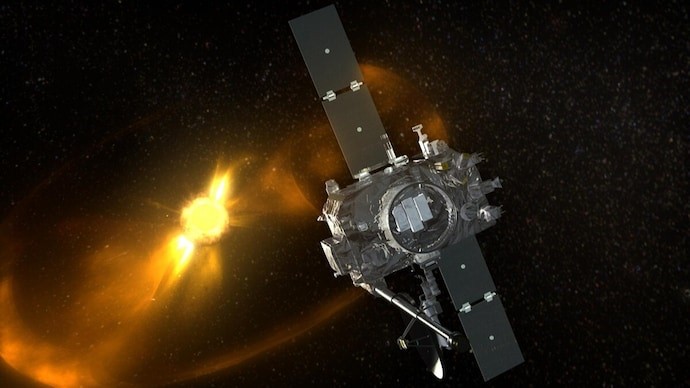Free Courses Sale ends Soon, Get It Now


Free Courses Sale ends Soon, Get It Now



Disclaimer: Copyright infringement not intended.
Context
Details
Mission Background
Milestone Achieved
Stereoscopic Vision and Earth Flyby
Understanding Coronal Mass Ejections (CMEs)
Changing Solar Activity
Mission Objectives
Spacecraft Design
Scientific Discoveries
Legacy and Impact
Conclusion
The STEREO spacecraft mission has significantly contributed to our understanding of the Sun's dynamics and its impact on space weather. Through its innovative twin spacecraft design and advanced instruments, STEREO has provided groundbreaking insights into solar phenomena, improving our ability to predict and manage space weather events for the benefit of Earth and its technological infrastructure.
|
PRACTICE QUESTION Q. Discuss the significance of the STEREO spacecraft mission in advancing our understanding of the Sun and its impact on space weather. Highlight its technological innovations, key discoveries, and contributions to space weather prediction and research. (150 Words) |
© 2024 iasgyan. All right reserved